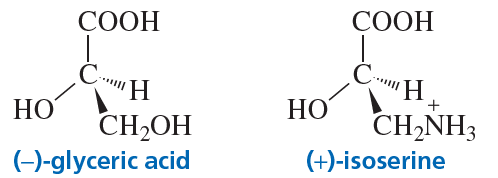Star (*) each asymmetric carbon atom in the following examples, and determine whether it has the (R) or (S) configuration.
(i)

 Verified step by step guidance
Verified step by step guidance Verified video answer for a similar problem:
Verified video answer for a similar problem:
 1:48m
1:48mMaster Why stereoisomers need their own naming system. with a bite sized video explanation from Johnny
Start learning